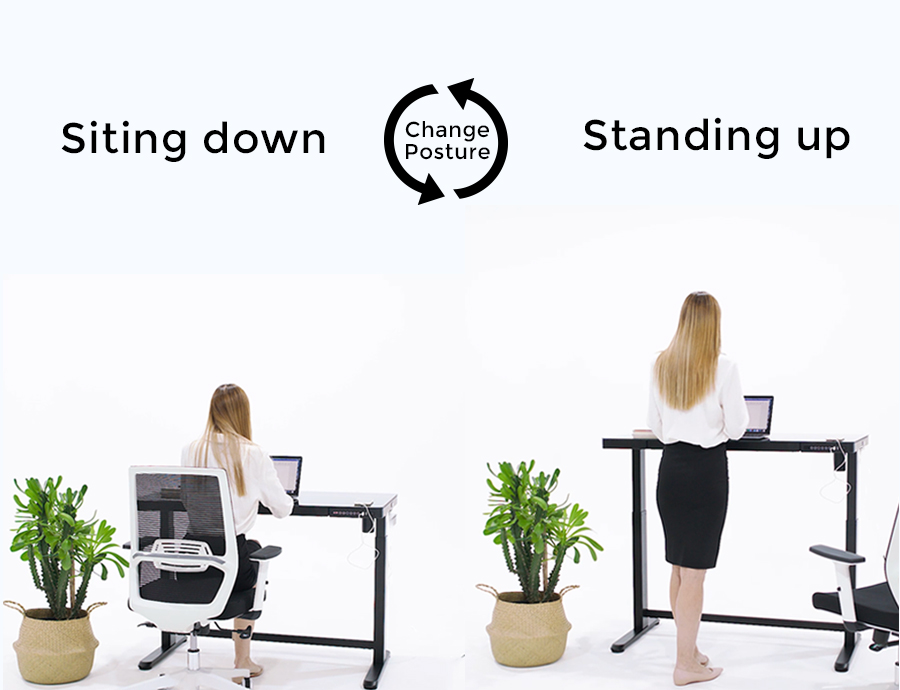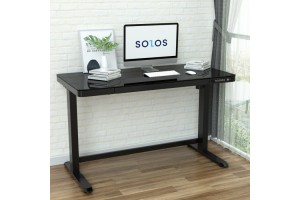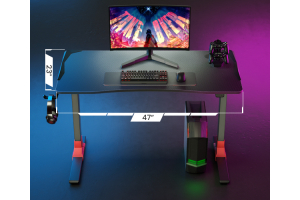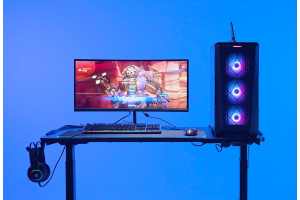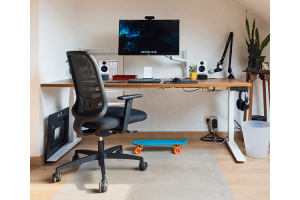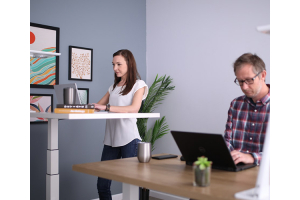Is Sitting Cross-Legged Good for You?

Remember how, years ago when you were just a wee child at school, how in assembly you’d be made to sit cross-legged every morning? As a child, sitting cross-legged is not an issue. Children are resilient, they’re still developing, and their joints are likely far healthier than a grown adult.
As we grow older, when we sit down cross-legged, a lot of us suffer from pain and discomfort in our knees, backs, necks, and hips. To make matters worse, some people actually sit with crossed legs in a chair, which according to chiropractors, is a definite no-no.
Not only can sitting cross-legged on a chair cause all manner of posture issues, but it could also lead to more serious health issues down the road as well, which we’ll be looking at in more detail below.
Here’s a look at some of the main dangers associated with sitting with crossed legs.
Crossed legs and blood pressure
One of the most important things to consider when talking about sitting with crossed legs is how it can affect your blood pressure.
To make matters worse, sitting cross-legged on chair products, or sitting with crossed legs in general, can lead to even more posture-related issues.
If you sit with your legs crossed for a long period of time, this can lead to tilt and rotation of the pelvis. As time goes by, this will lead to lower back pain, neck ache, and over time, misalignment of the spine as well.
Those with poor posture often find that the muscles overcompensate, which can lead to pain and general stiffness.
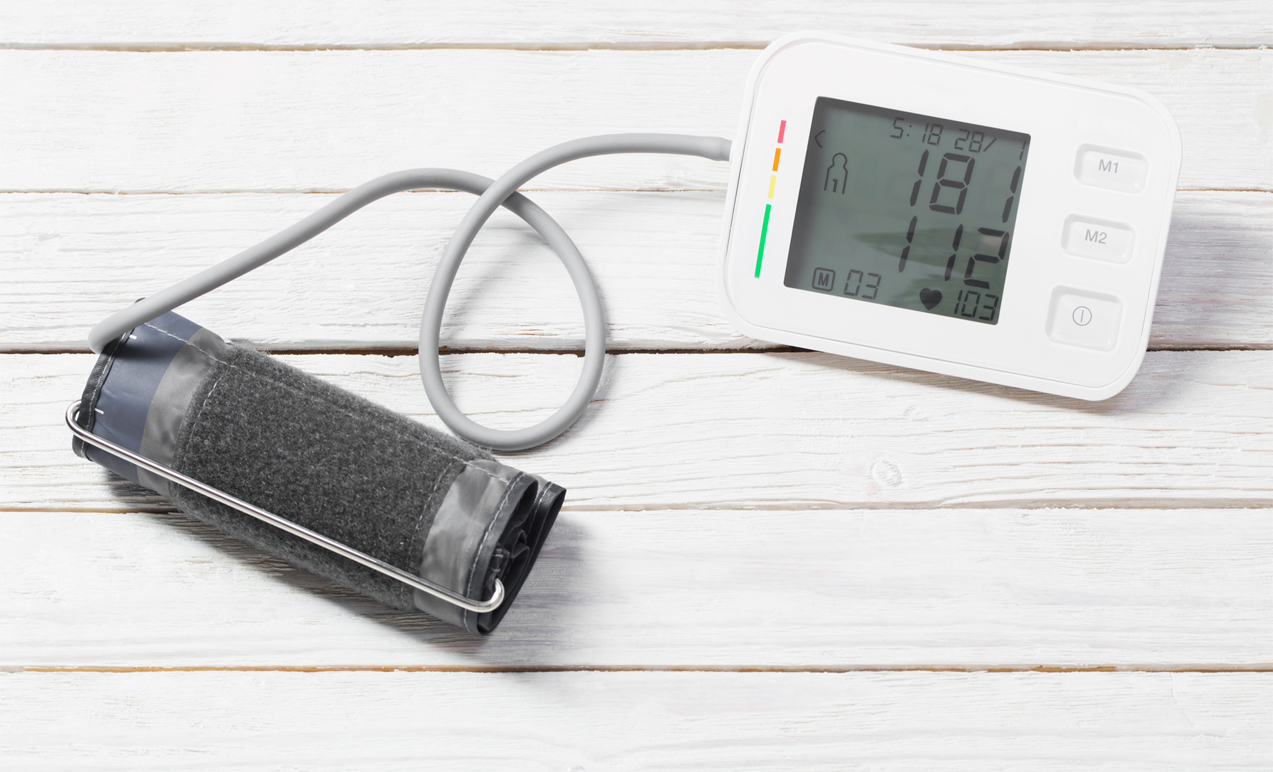
Crossed legs and blood pressure
One reason why so many health officials and chiropractors are so against sitting down for prolonged periods of time is due to the fact that sitting down can cause all kinds of posture-related issues.
High blood pressure is also known as hypertension, and it can potentially be fatal. Hypertension can cause heart attacks, strokes, kidney damage, organ failure, and much more on top of that. Studies have found a direct link between a spike in blood pressure levels and sitting with crossed legs.

Does cross-legged chair sitting cause varicose veins?
When people talk about the ill effects of cross-legged sitting, often they will talk about how sitting with crossed legs can lead to varicose veins.
Whereas the two previous examples of how cross-legged sitting can be detrimental to your health are true, this one is a myth.
Varicose veins are formed due to problems with the valves in your veins, not how you sit down for prolonged durations of time. Standing or sitting for a long duration of time can increase your risk of varicose veins, but that has nothing to do with sitting cross-legged.
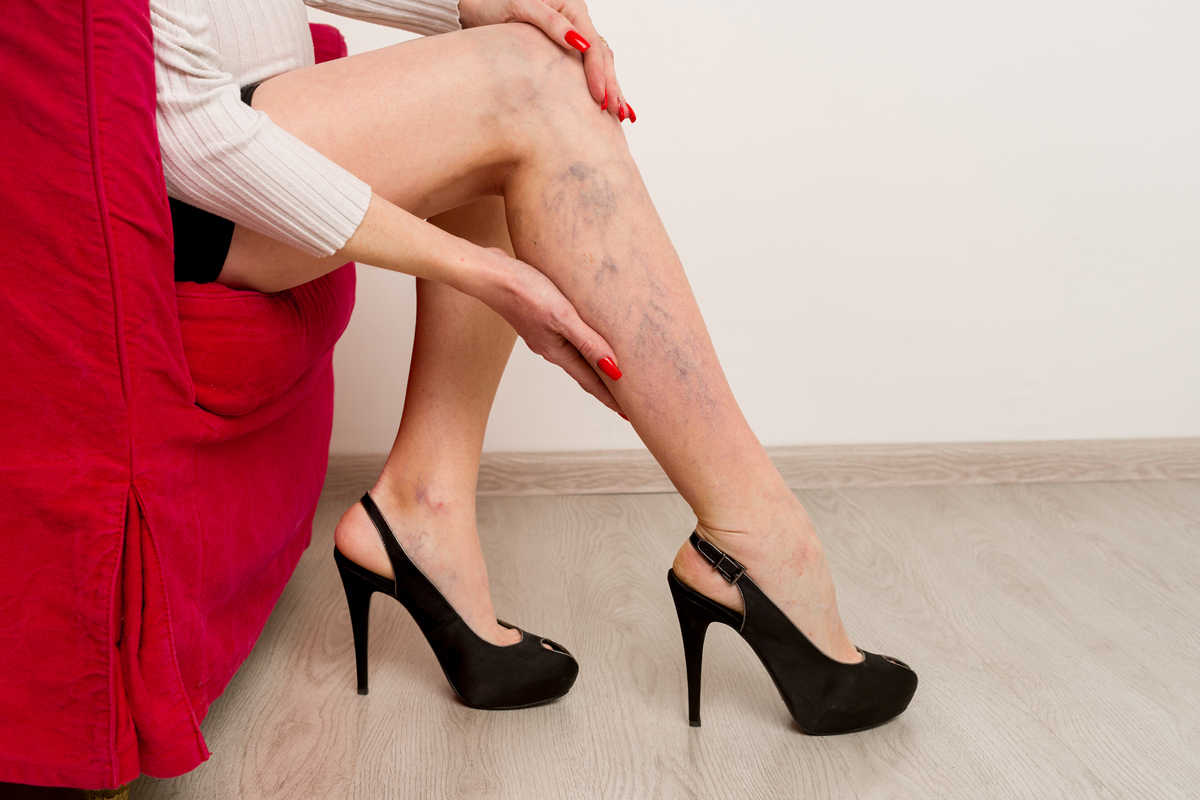
How to avoid posture issues while working
Okay, so we’ve established that sitting cross-legged on chair products for a long time can be bad for your health, and indeed your posture, so how can these issues be avoided?
Here are a few ways to avoid posture issues while working.
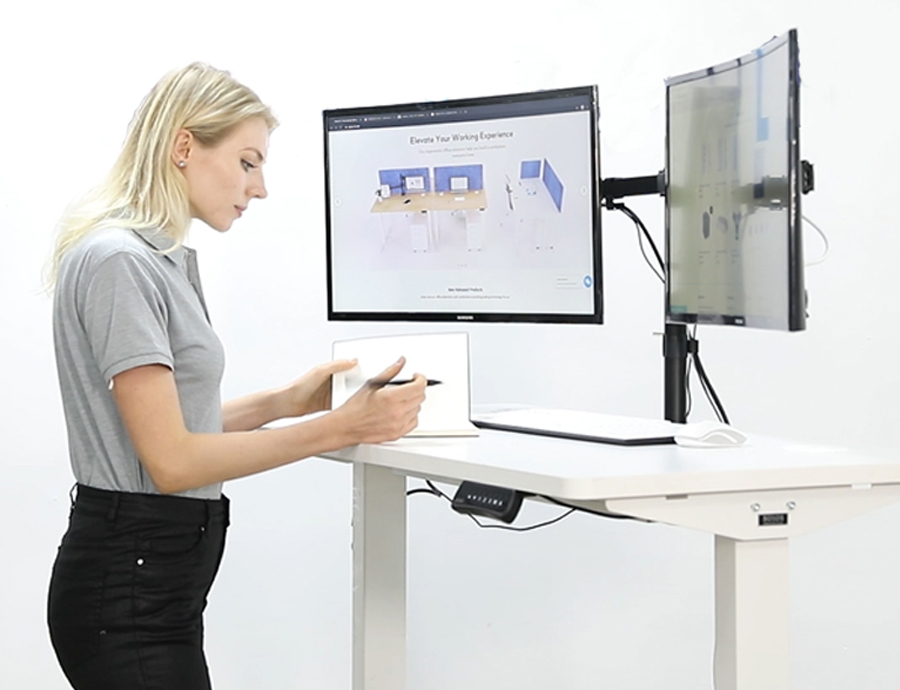
Use an adjustable standing desk
The easiest and most effective way of eliminating posture-related issues whilst you work is to invest in an adjustable standing desk.
Adjustable standing desks such as the V2 Premium Standing Desk from SOLOS, have been found to substantially reduce your risk of posture-related issues.
Standing desks are ideal because you can adjust them so that you can stand at your desk while working on your computer, instead of spending hours each day sitting down. The idea is that you alternate between sitting and standing to help alleviate pressure on your spine and joints, and to help you become slightly more active and mobile.
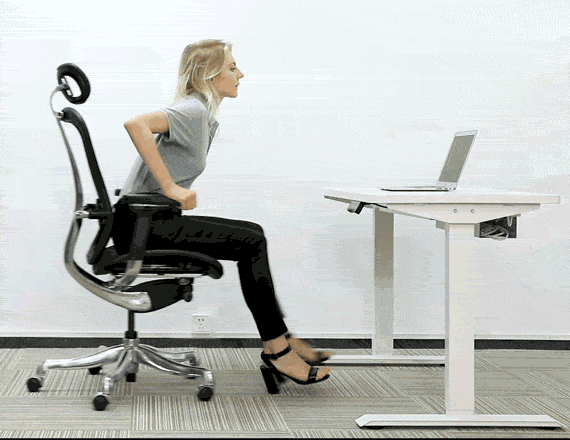
Sit at a slightly reclined angle
Before you get too excited and grab your laptops and jump on your sofas or Lay-Z Boy recliners, in order for an incline to be beneficial for the spine, it should be at around 135 degrees.
Studies have found that, ergonomically, a reclined angle of 135 degrees can actually be beneficial for the spine. In order for this angle to be productive in a working environment, however, you need to find a desk that can be lowered down and will overlap onto your lap as you work.
Active sitting
Active sitting is basically a form of sitting in which you sit to work at your desk on a stool or a chair without back. The idea here is that you engage your core and your leg muscles as you sit.
Because the chair has no back, you won’t be constantly sitting back and realigning your position as you can essentially only sit and work in one particular spot.

